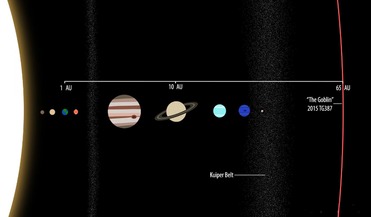 03 October 2018
Newly discovered far-flung object supports Planet X existence
03 October 2018
Newly discovered far-flung object supports Planet X existence
...orbital period is about 12 years, Saturn’s is 29 years and Uranus completes its orbital period once in a human lifetime. Planet X on the other hand, which is postulated to be 60 billion miles from the Sun, is expected to take 20,000 years to complete...
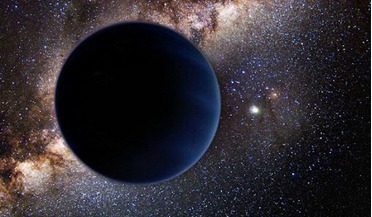 21 January 2019
Is this the end for Planet Nine?
21 January 2019
Is this the end for Planet Nine?
...been found, interest in the existence of a hypothesised Planet Nine has been reignited over the years, more recently ... of TNOs in conjunction with the orbits of the giant outer planets but instead of calculating the contents of the Kuiper Belt as ...
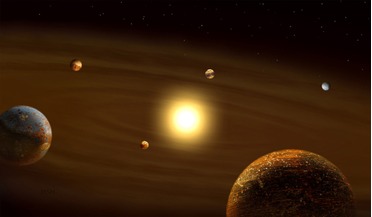 17 April 2020
A six-planet system is discovered and more could be hiding say astronomers
17 April 2020
A six-planet system is discovered and more could be hiding say astronomers
... instrument called SOPHIE installed at the Haute-Provence Observatory in the South of France, astronomers have discovered a six planet system containing a "super-Earth" and five "mini-Neptunes,” all with exceptionally regular spacing; a feature which...
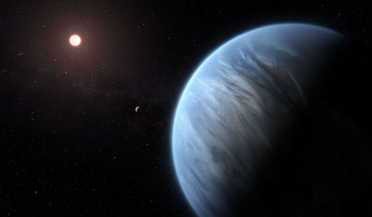 05 October 2020
A dozen "superhabitable" planets better than Earth identified in new study
05 October 2020
A dozen "superhabitable" planets better than Earth identified in new study
..., and with an abundance of liquid water on its surface, Earth is a planet like no other that we know of so far. It stands to reason then... 20 to 70 billion years and it might give orbiting planets a better chance to establish life say the team. After...
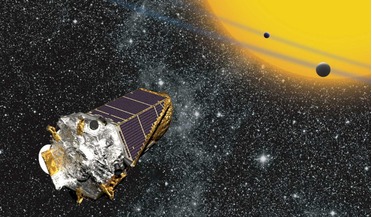 17 June 2020
Six billion Earth-like planets could be in our galaxy, new study says
17 June 2020
Six billion Earth-like planets could be in our galaxy, new study says
... simulation produced a close match, then the initial population was likely a good representation of the actual population of planets orbiting those stars." Kunimoto's research also shed more light on one of the most outstanding questions in exoplanet...
 14 June 2016
Astronomers discover a giant planet orbiting two suns
14 June 2016
Astronomers discover a giant planet orbiting two suns
... it orbits are similar in size to our Sun. However, despite orbiting within its stars "habitable zone”, the planet is believed to be a gas giant and therefore unable to support life. "Habitability aside, Kepler-1647 b is important because it is the...